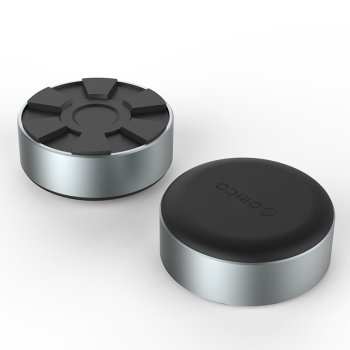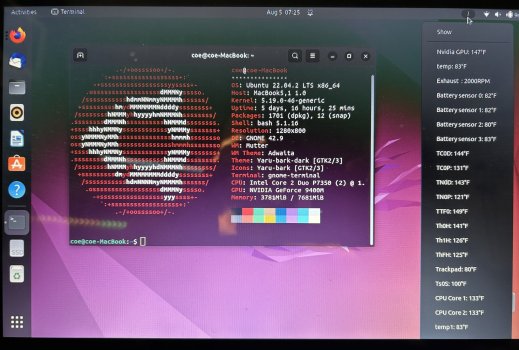A rather
canned response mostly from back in the day;
I've owned a stock 2011 15" MBP from new and many others so feel I'm reasonably well versed; key is to keep the CPU/GPU as cool as reasonably practicable. That said, much will be dependent on your usage/workflow. Some practical things that can be done to reduce the systems temperature.
Being an owner & user of MacBook Pro's since the dawn of trees; Over the years the 15" & 16" MBP has frequently struggled with it's thermals, especially when an external display is connected as the dGPU switches on by default. Internal temperatures soar...
- Elevate the rear. Aluminium passive coolers generally work best as they help to wick away heat from the chassis. I have a pair of Rain Designs mStand's and a very hefty no name adjustable aluminium stand that could probably support a Mac Pro let alone an MBP given it's build 😂
- Increase base fan RPM to 3K or as much as you are comfortable with (MacsFanControl or SMC Fan Control).
- Limit the dGPU's usage with gSwitch or gfxCardStatus (need to verify model & OS compatibility, specific Intel Mac's).
- Use Safari where possible, other browsers can add more load to the system.
- Install an ad blocker AdGuard & Wipr works well.
- Swap out VLC for Movist as again it's a reduced load on CPU/GPU.
- Software in general, look for what can get the job done with the least load to the system.
- Powered coolers are very much a "mixed bag" when it comes to Mac portables. You need one that has a high capacity (100 CFM minimum) and preferably a large single fan. This can help to keep the internal fans below 4K which for many is good enough as often it's at this point and beyond where the fan noise becomes intrusive. Don't expect a powered cooler to impact internal temperature beyond a few degrees. Most powerful cooler I'm currently aware of is the IETs GT500, however I have no personal experience with the MBP.
- A small USB powered fan blowing across the keyboard can help those in warmer climates have a more comfortable typing experience.
- Older notebooks can benefit from cleaning of the cooling system, I use a USB rechargeable air blower. The fan blades can be fragile, so be mindful when using canned air.
- Replacing the thermal paste has been hit & miss over the years. some have had very positive results, some no improvement over stock or worse higher temperatures. Personally I would only do this with a Mac Portable that I can confirm was definitely running considerably hotter than stock & throttling. Above all you need to research, as not all TIM is equal, nor suitable for notebook's that run at such high temperature.
- If your MBP has a discrete GPU, it will fire up when an external display is connected by default, temperatures will rise rapidly.
- Consider a specific vertical stand when using an MPB in "Clamshell" mode allowing for greater circulation of air. Some recommend inverting the MBP in the stand with the exhaust at the top & intake at the bottom (2012 Retina's etc.).
The key to a cooler quieter life with a 15" & 16" MacBook Pro is multiple incremental changes that add up to reduce operating temperature. From my experience over the years if you're going to push a 15"/16" MBP hard the fans are going to max out fast, with associated heat & noise. Worse some models will heavily throttle, loosing much of the benefit of Intel's Turbo Boost technology. If you're using it with a moderate load life can be made far more tolerable. For the most part your MBP runs hot as that's how Apple designed it, that's the trade-off for thin & light and form over function in some cases.
The introduction of Apple Silicon is very much a game changer, equally these notebooks too can get hot when pushed hard for extended periods of time so can also benefit from some mitigation. The old adage still applies; it's easier to keep the notebook cool, than cool-down an already overly hot & heat-soaked chassis.
Q-6




